Children grow up fast, and finding a bike that fits them while offering a few years of service can be a difficult affair.
Whether you want to get them riding along with the family or commuting to school, making sure your little ones are comfortable on their bikes will help build their confidence faster.
As with adult bikes, getting the correct size is vital for children's enjoyment and for improving their confidence when they first start pedalling.
The best children's bikes will feature size-specific components such as child-size levers, cranks, saddles and handlebars to help your kids get the most out of their bikes.
Most brands will recommend a height range for their bikes, while some suggest an age range, though this can be confusing because little riders grow at different rates.
Wheel size remains an important indicator of children's bike size, ultimately restricting the frame size.
With all of this in mind, here's everything you need to know about children's bike sizes to make sure your kids feel safe and confident on their bikes.
Kids’ bike size chart
This table shows the various bike wheel sizes and the approximate ages they are suitable for, as well as the minimum height and inseam length for each wheel size.
The important thing here is the size of the child, not the age.
Measuring your child
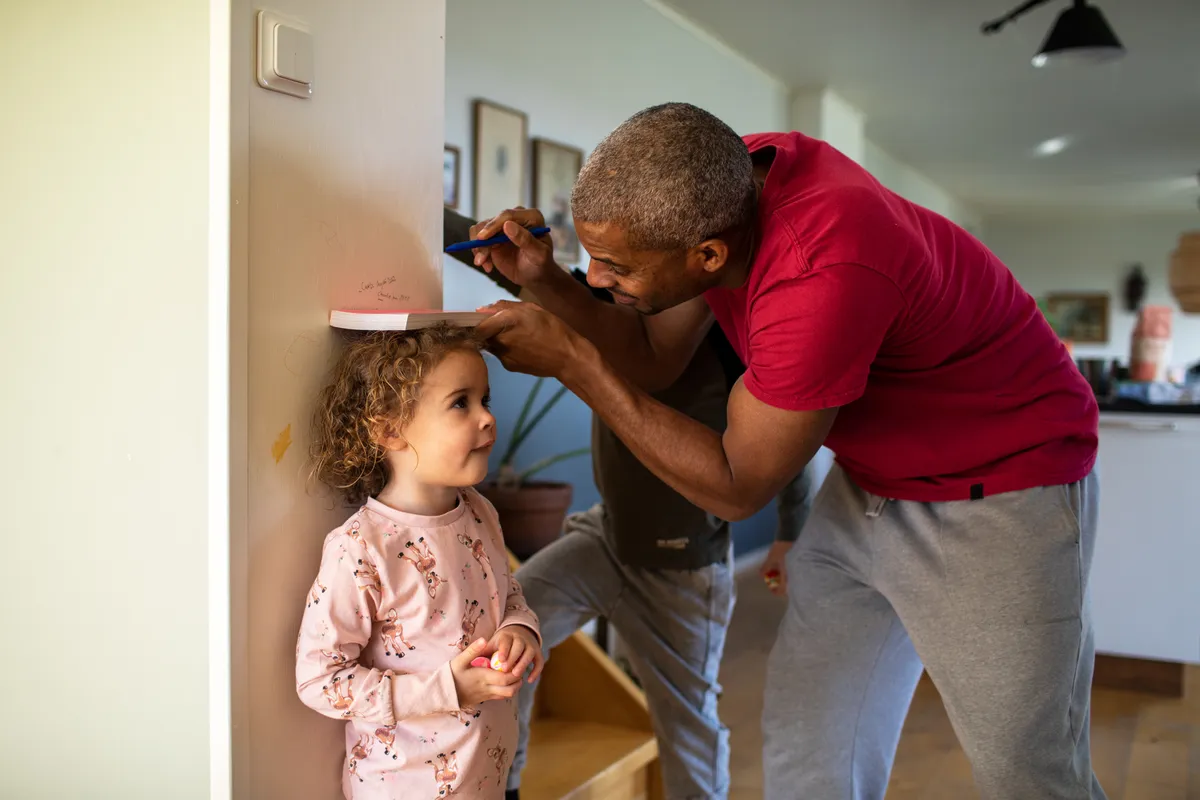
The most important thing to consider when finding the right size bike for your child is not their age, but their size.
Some brands will size bikes on overall height, though this doesn't take proportions into account, so it's important to also measure your child's inside leg.
This can be done by having your child stand against a wall with a book placed between their thighs. Once the height is market against the wall, measuring down to the floor with a tape measure will give you their inside leg measurement.
The inside leg measurement will give you a good indication of standover height for younger riders, and where saddle height should be for older children looking for pedalling efficiency.
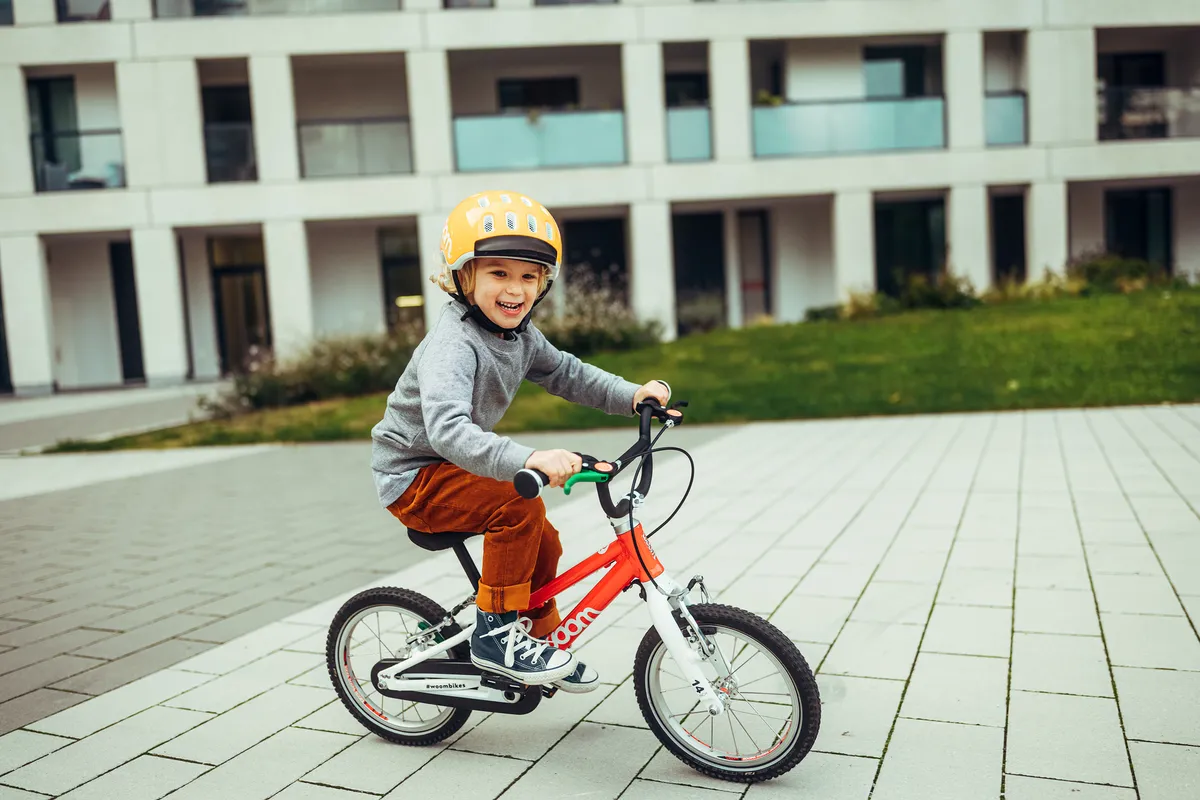
A smaller standover height will give your child more confidence when learning to ride because they will find it easier to put their feet down should they lose balance.
While measuring your child will give you a good indication of what bike size you should buy, it is always best to sit your child on a bike before buying it to make sure they are comfortable and can reach the handlebars.
What if my child is in between sizes?
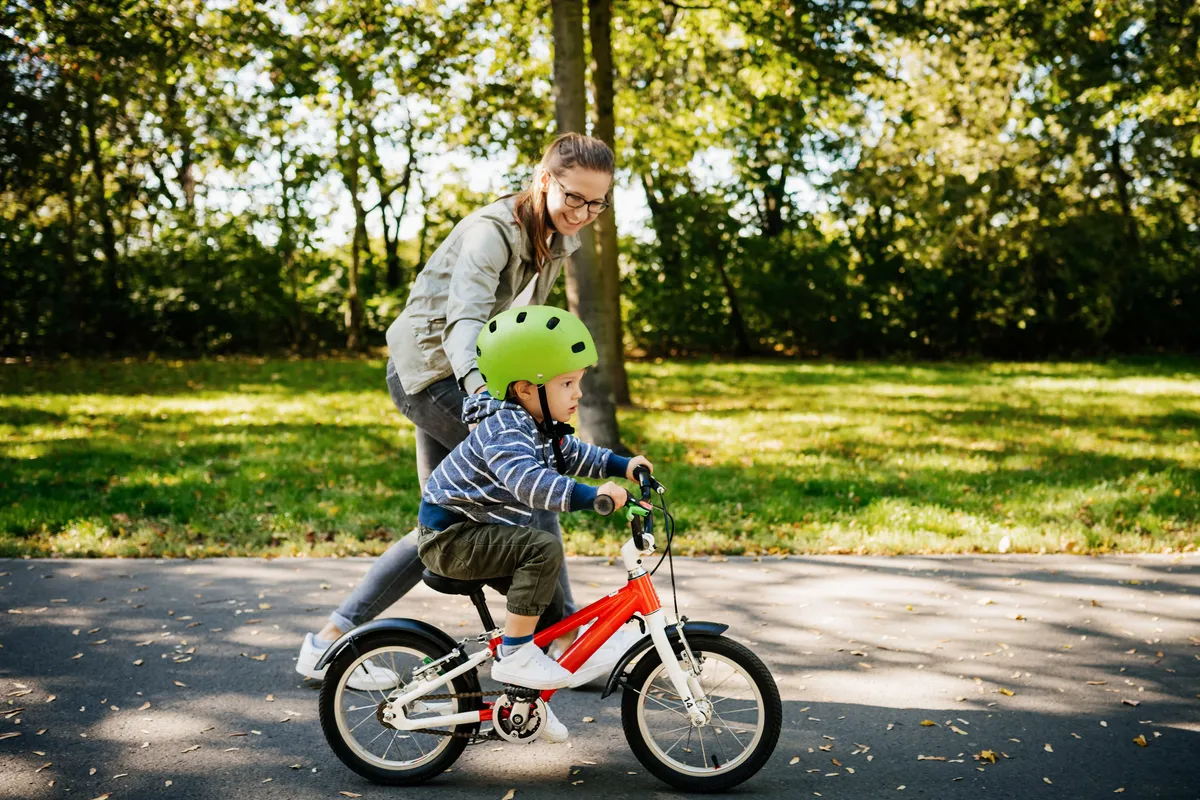
It can be tempting to buy a bike that is slightly too big in the hope it will last longer before your child grows out of it, but this can compromise safety and stability.
The more enjoyment they have when riding the bike, the more they'll be interested in learning.
Some brands have experimented with trade-up schemes, which enable you to return your bike and receive the next size up.
Kids' bike types and size guides
Balance bike sizes
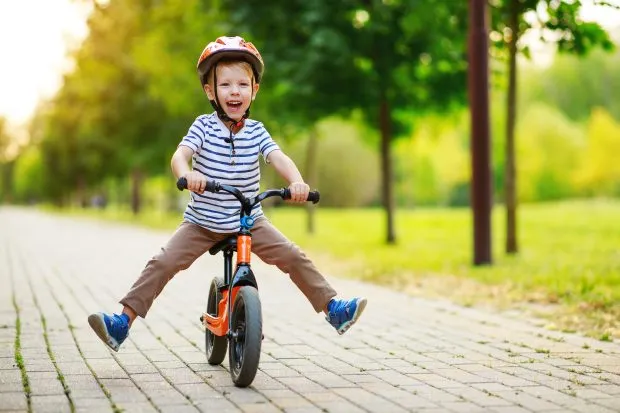
Balance bikes have become a very popular way of introducing young children to cycling, with the omission of pedals reducing the coordination needed to learn how to balance on two wheels.
Similar to early Victorian bicycles, such as the dandy horse, balance bikes are propelled by kicking backwards and encourage the child to ride along at their own momentum.
Most balance bikes will typically feature 12in wheels, making it easier for small legs to reach the floor, but make sure your child can support the bike and reach the brakes if they are fitted.
If a child becomes confident on a balance bike, they can usually skip training wheels when progressing to a pedal bike because they will already understand how to balance it.
First pedal bike sizes
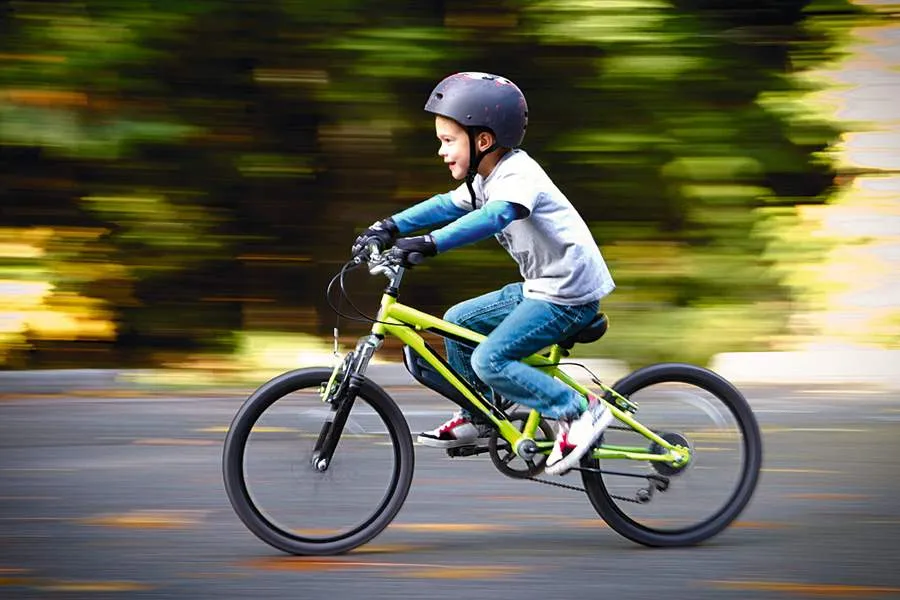
Whether they have mastered the balance bike or are using training wheels, making sure their first pedal bike fits will enable them to enjoy learning to ride a bike and the fun it brings.
These bikes are usually designed for children who are 3 years old or above and typically feature 14in or 16in wheels, a low standover height and brakes – in line with the law for pedal bikes in the UK.
As with balance bikes, it's important your child's feet can still touch the floor at this stage because sacrificing pedalling efficiency is well worth it for their security.
First pedal bikes will usually be singlespeed, enabling young riders to focus on pedalling rather than changing gears, and can be heavy for their size.
Kids' hybrid bike sizes
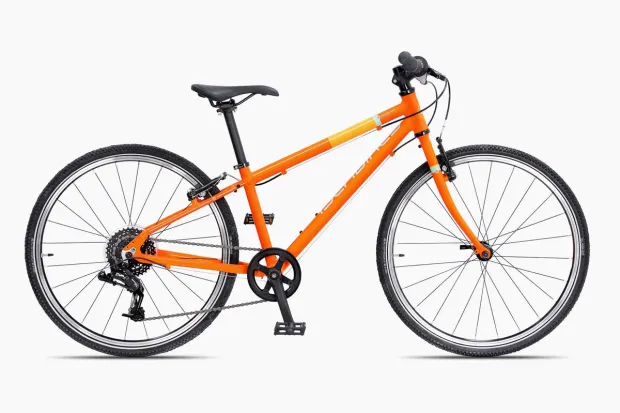
Most children's bikes will feature a hybrid design that enables young riders to explore trails while remaining efficient on the road.
These multi-purpose bikes are designed for children aged six or older, with many featuring 20in, 24in or 26in wheels. They have low slung top tubes to allow for a lowered standover height.
Kids' hybrid bikes usually feature grip shifters that enable smaller hands with less dexterity to change gears easier.
Kids' road bike sizes
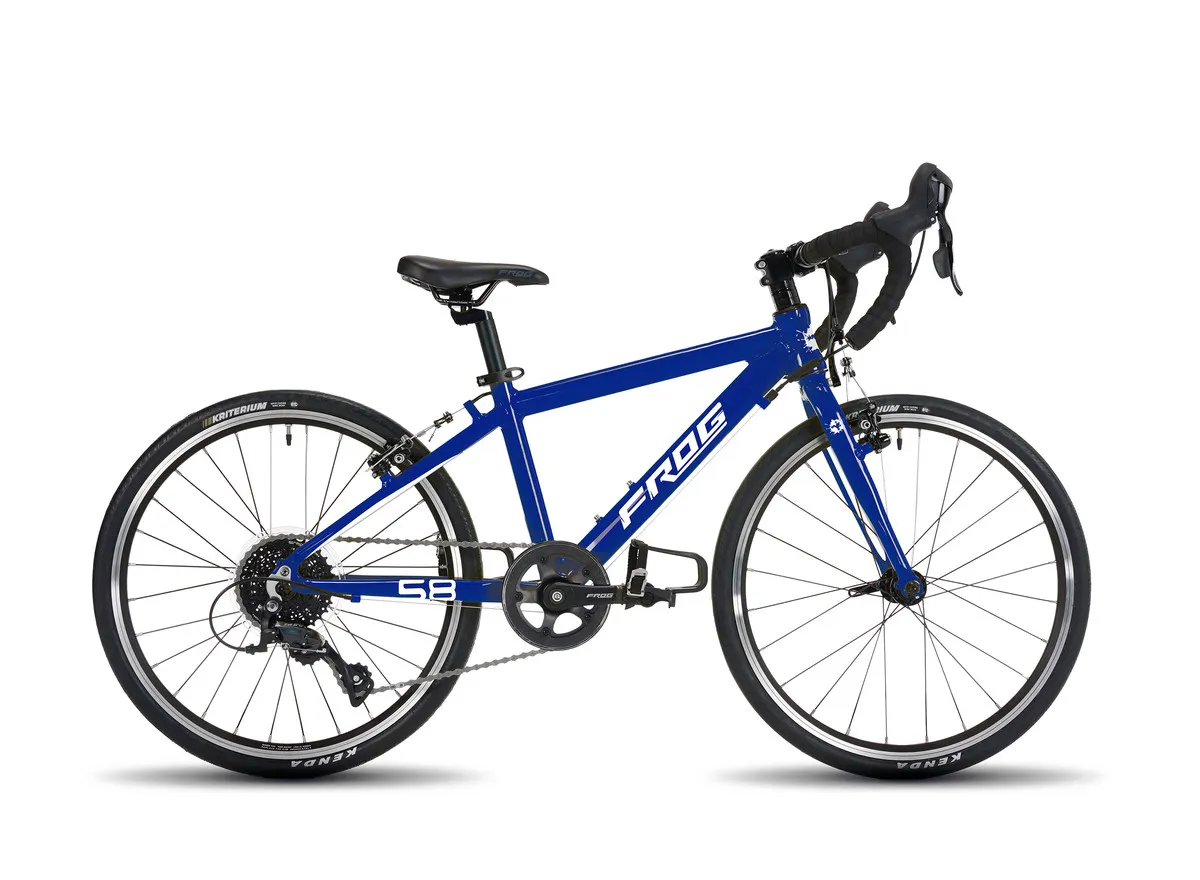
Kids' road bikes usually feature cantilever brakes and large clearances to allow for knobbly tyres to be fitted for cyclocross.
Road shifters can be hard to use with small hands, so make sure your child is confident with dropped handlebars.
Kids' road bikes are available in 24in, 26in and 650c wheel sizes, with the latter also being found on some women's road bikes.
If your child is confident on their road bike, then setting the saddle height as you would for an adult will enable them to be more efficient with their pedal stroke.
Kids’ mountain bikes
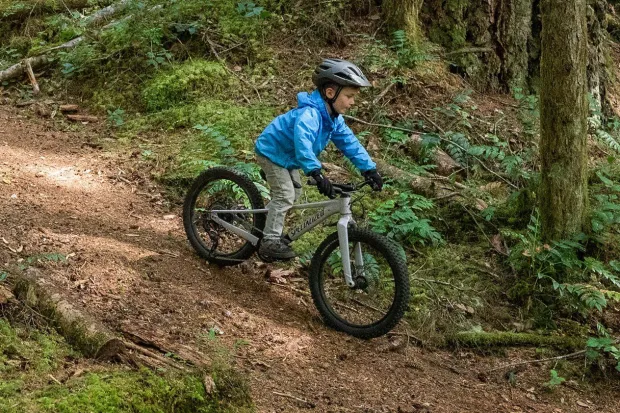
Kids' mountain bikes come in all shapes and sizes, with the complexity of the bike differing between sizes.
Some kids' mountain bikes will feature suspension, though this can add weight to the bike, making it harder to pedal and manoeuvre.
Instead of this, many brands offer wide tyres to soak up bumpy trails, while maintaining a light and playful bike.
Kids' mountain bikes are available in 20in, 24in, 26in and 27.in wheel sizes.
Hydraulic disc brakes can be set up with small reaches and provide the best braking for little hands.



